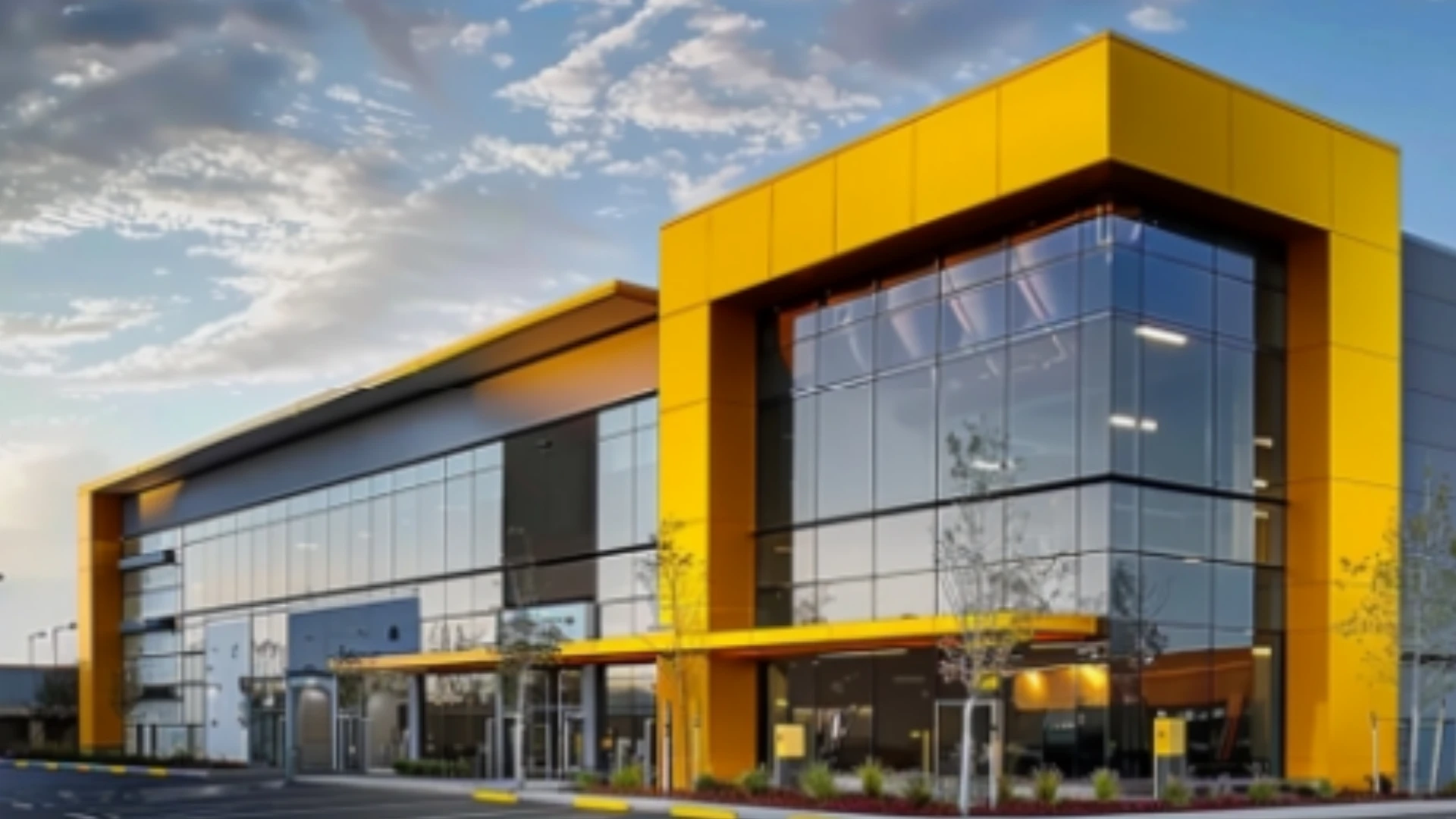Heavy steel fabrication
May.13.2024

Heavy steel fabrication
Heavy steel fabrication is a critical industrial process that intersects with various sectors, leveraging the inherent properties of steel such as tensile strength, durability, and malleability. Two sectors that rely heavily on this process are the automotive and aerospace industries, each with unique requirements that highlight the versatility of steel fabrication techniques.




